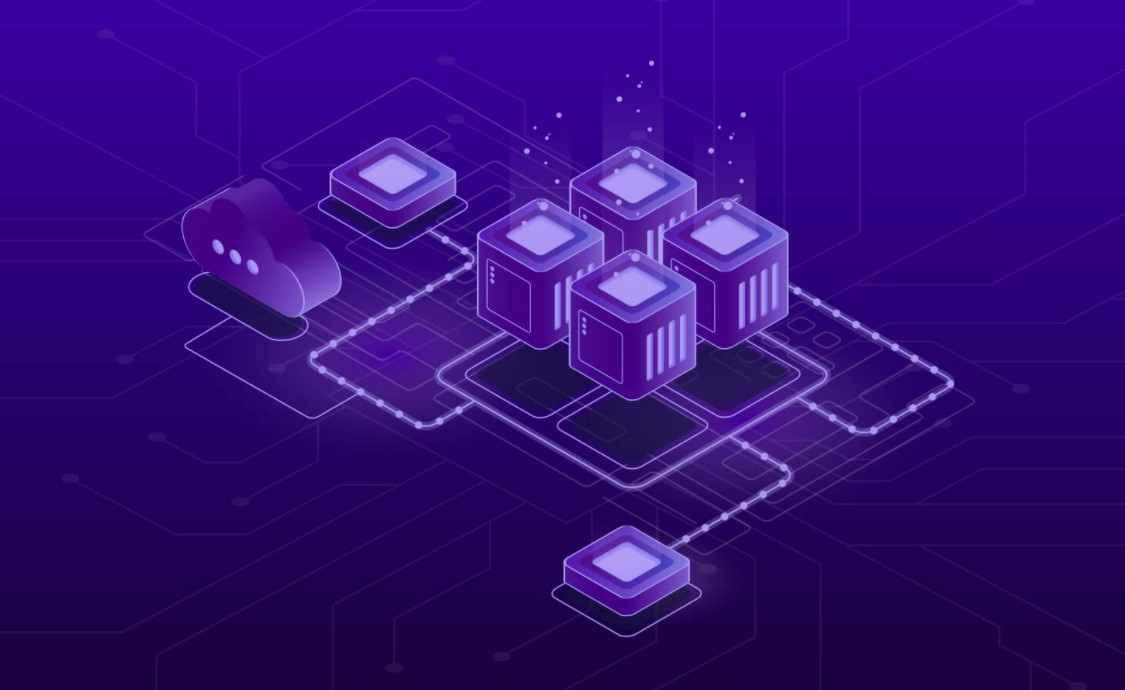Good software has a well-designed infrastructure that is the foundation of any software. It is something that separates resilient software from the rest. It becomes challenging to build a solution that meets your requirement and has a strong infrastructure.
AWS (Amazon web services) provides you with some rock-strong and simple pillars to help you in building technical solutions. Involving these pillars in your design will help you in producing high-performance and resilient software. It will allow you to focus more on other aspects like business requirements.
AWS’s well-architected framework gives you a set of guidelines and benchmarks to build a resilient infrastructure for your applications. It helps in reviewing and improving your cloud infrastructure.
Let us discuss each pillar of AWS’s well-architected framework with their design principles.
1. Operational Excellence
It enables to deliver business value by supporting development, carrying out workloads, driving insights from operations, and continuous process improvement.
5 Design principles associated with it are:
- Treat operations as code: Review it, limit human error and enable a consistent response to events.
- Make small, frequent changes that can be easily reversed.
- As workload keeps evolving, refine operation procedures frequently.
- Anticipate failure: Look for failing scenarios, identify the possible source of them and test your applications on them.
- Learn from operational failure: Keep a record of reasons for operational failure, grow from them and share them with the team.
2. Security
The 2nd pillar of the AWS framework encompasses the complete protection of data, systems, and assets while leveraging the benefits of cloud technologies. Use detective controls to identify a security breach.
Its design principles are:
- Implementing a strong identity foundation: Provide minimum required permissions and create separate roles for authentication.
- Enable traceability: Monitor, audit, and alert actions.
- Apply security to all layers: Use multiple security controls to prevent unauthorized attacks.
- Automate security best practices: Automation will help in taking action rapidly without manual intervention. It will help in increasing security even at idle times.
- Protect data in transit and at rest: Use encryptions, tokenization, and bifurcate data into sensitivity levels.
- Keep people away from data: Remove direct access or manipulation of data.
- Prepare for security events: Implement incident management and investigation protocols.
3. Reliability
It is the ability to perform intended functions correctly and consistently. It involves operating and testing the workload throughout the lifecycle.
Its design principles are:
- Automatically failure recovery: Use indicators to trigger when the threshold breaches.
- Test recovery procedures: Use automation to exercise different failure test cases and test recovery procedures.
- Scale horizontally to increase aggregate workload availability: Use a load balancer to assign requests to multiple resources.
- Stop guessing capacity: Automate to add or remove resources based on scalability.
- Manage change in automation: Make the change in infrastructure using automation.
4. Performance efficiency
It is the fourth pillar of AWS’s well-architected framework. It encompasses the ability to use compute resources judiciously while maintaining performance with variable workloads. It includes continuous monitoring to observe how workload is changing.
Its design principles are:
- Democratize advanced technologies: Assign complex tasks to the cloud vendor.
- Go global in minutes: Deploy your workload in multiple AWS applications and regions.
- Use serverless architecture: Remove physical servers for your computational activities.
- Experiment more often: Use different instances, storage, and configuration to find the best solution for you.
- Consider mechanical sympathy: Use a technical approach that best suits your workload.
5. Cost optimization
It is delivering business value at the lowest price possible without compromising the quality.
Its design principles are:
- Implement cloud financial management: It helps you in optimizing the cost.
- Adopt a consumption model: Use the pay-per-usage model for your resources. Add or subtract resources based on business requirements.
- Measure overall efficiency: Monitor the gains you make by increasing outputs and reducing costs.
- Stop spending money on undifferentiated heavy lifting: Let AWS manage data center operations like racking, stacking, and powering the server.
- Analyze and attribute expenditure: Identify usage and cost of the system. It provides transparent attribution of IT costs to each workload owner.
Conclusion:
The 5 pillars of AWS’s well-architected framework provide architectural best practices to run your application without facing any bottleneck and anomaly. These help you in gaining insights and creating a stable and effective system.
Let us know what you think of this framework and design principles at contact.us@virtuetechinc.com




